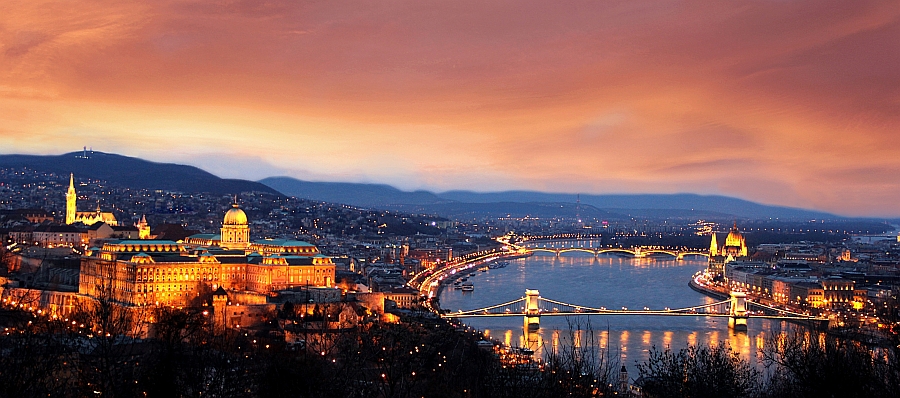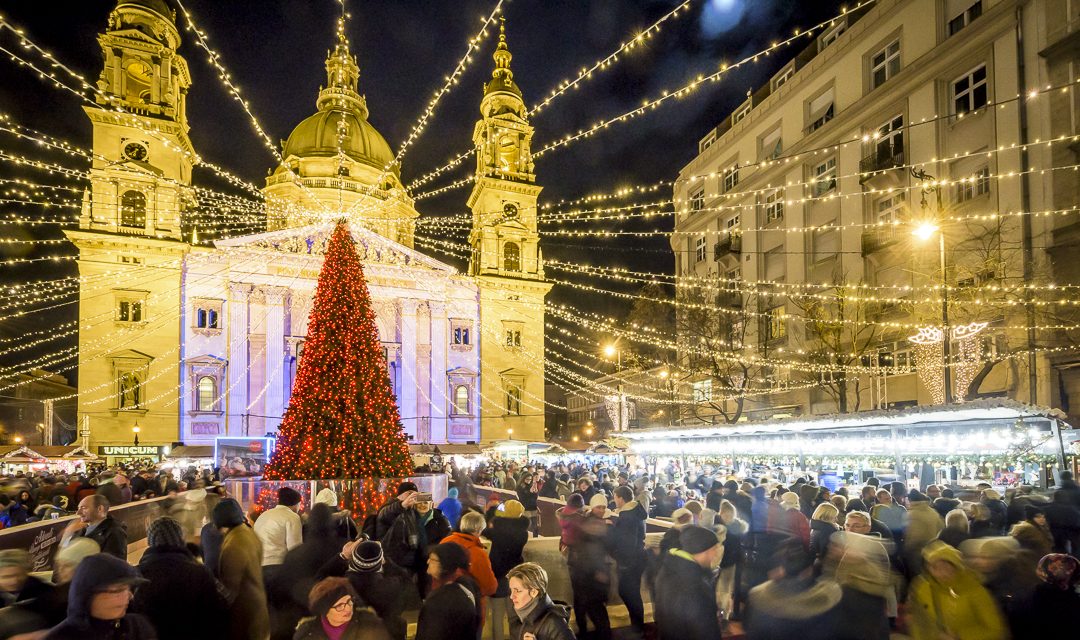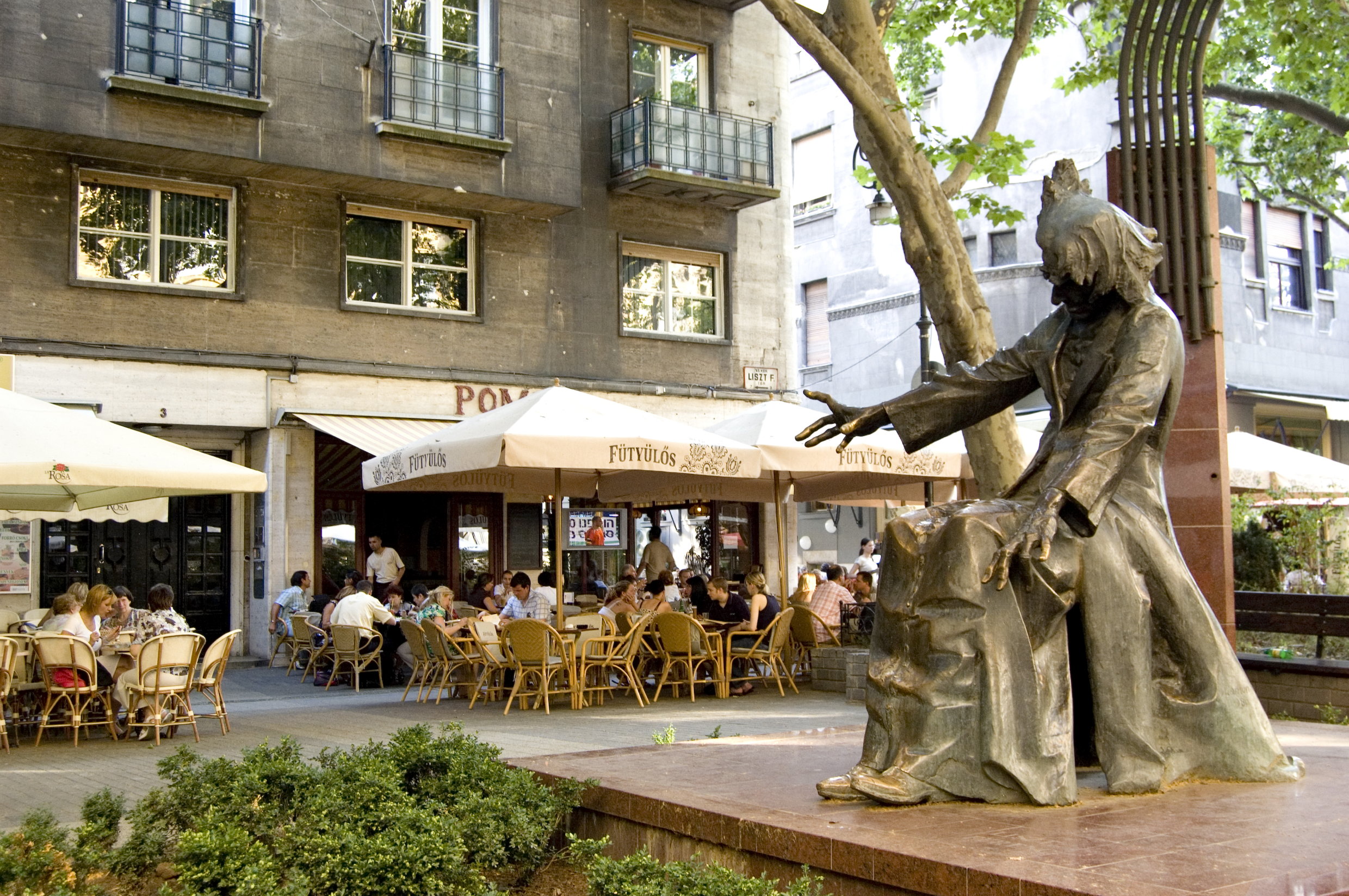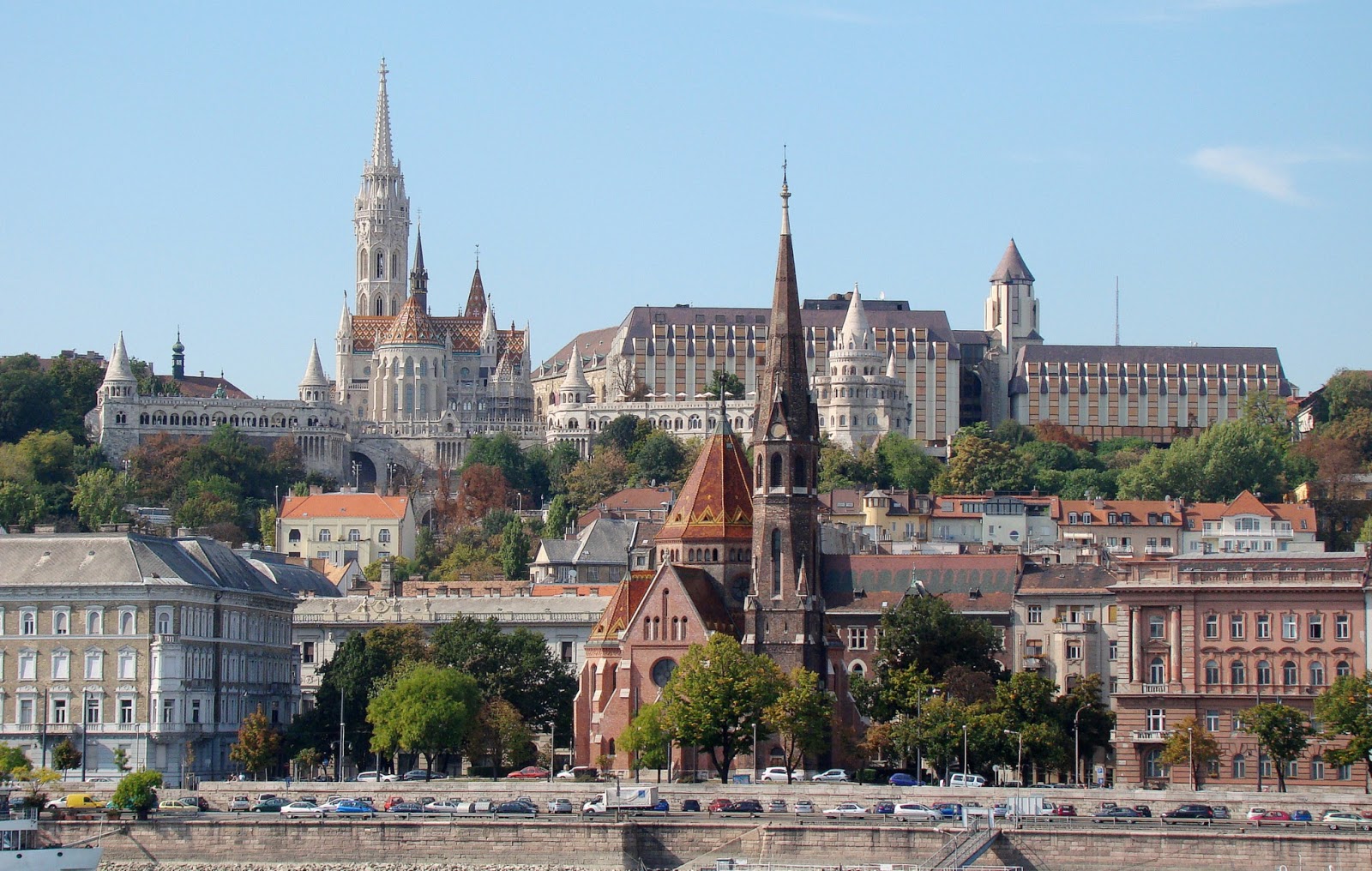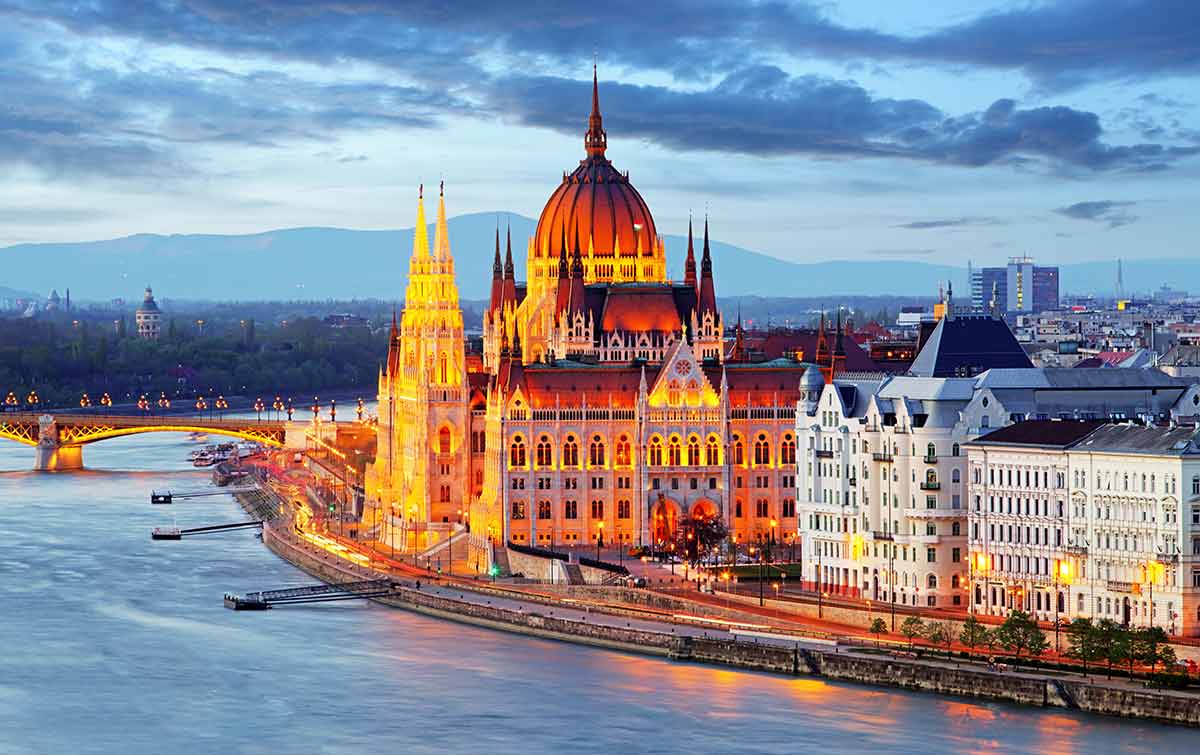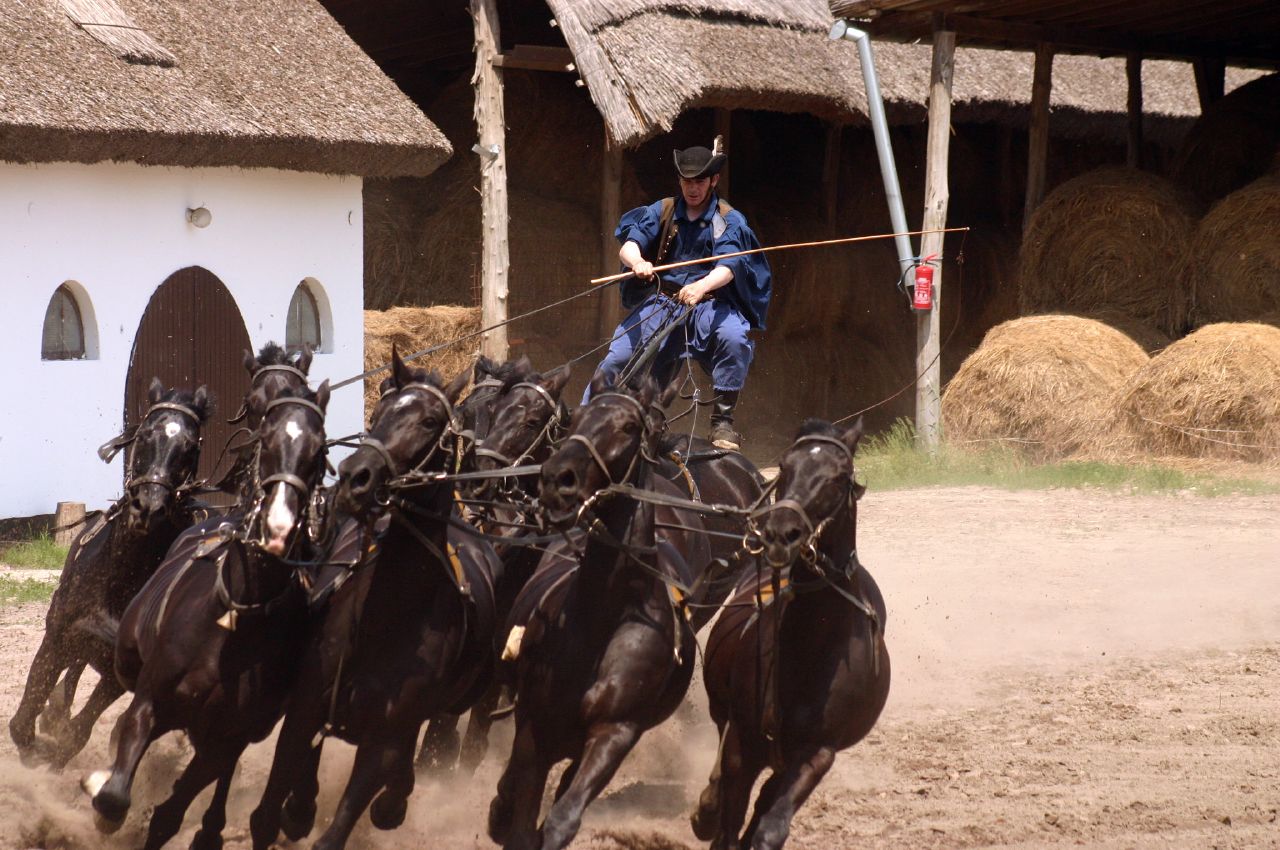The Danube is an essential part of Budapest, travelers take in the cool breeze of the water while sitting on the banks or while taking a boat ride to marvel at the shore’s exquisite architecture. The shoreline is part of the UNESCO World Heritage to underline the beauty & the wealth of historic architecture, brilliant design & how all that combines into a unique vision is appreciated on a global level.
Over the past years, Budapest residents have rediscovered the shoreline and every summer there are open air Bars where getting a drink is an unforgettable experience, where you can chill out & enjoy the view of the river. There are temporary “beach” locations & other additional venues for the summer season also open up to hang out along the river & to watch the traditional Fireworks on August 20, the celebration of the country’s founding.
Drive back to Pest through Elisabeth Bridge & get acquainted with the Paris of the East! Discover the original charm & lively character of this inspiring part of the City as you explore the most exciting spots in Eastern Budapest, stopping ‘briefly’ to admire architectural masterpieces along with a few well-kept local secrets. You will see ‘some’ of the main sights.
See the popular Central Market Hall (Nagycsarnok) building, designed by Gustav Eiffel. Head up to the 1st floor for Hungarian folk Costumes, Dolls, painted Eggs, embroidered Tablecloths, carved hunting Knives & other souvenirs.
Completed in 1897, this is Budapest's biggest Market, though it has become a tourist magnet since its renovation for the mille-centenary celebrations in 1996. This cavernous 3 story Market teems with people browsing Stalls packed with everything from salamis & red-paprika chains to folk Embroideries & souvenirs.
Gourmets will appreciate the Hungarian & other treats available here for less than they would pay in the shops on nearby Vaci utca: shrink-wrapped & potted foie gras, garlands of dried paprika, souvenir sacks & tins of paprika powder & as many kinds of honey as you would care to name.
Drive down leafy Andrassy Avenue to downtown Pest passing by the Hungarian Opera House & the largest Synagogue of Europe & Budapest’s beloved City Park.
Briefly stop at Hosok tere (Heroes' Square) the largest & most symbolic Square dominated by the imposing Millennium Monument (Ezereves emlekmu), a 36 meter high Pillar topped by a golden Archangel Gabriel, holding the Hungarian Crown & a Cross. It was designed in 1896 as a tribute to mark the 1000th anniversary of the Magyar Chieftains’ conquest of the Carpathian Basin that would later become Hungary. At the Column's base are Statues of Prince Arpad & 6 other Chieftains. The other 14 Statues in the colonnades behind, are of Rulers & Statesmen - from King Stephen (far left) to Lajos Kossuth (far right).
Drive by Budapest Zoo & Szechenyi Baths, the largest Thermal Spa complex in Europe & probably Budapest’s most popular Baths. The outdoor section is stunning, but it gets quite busy. Iconic "sparties" take place here on some Saturday nights.
Last stop will be the highlight of the day - the impressive neo-gothic architecture of House of Parliament (Orszaghaz), the most visible building of Budapest's left bank.
Discover Hungary's largest building on this guided tour & see some of the City’s finest architectural achievements such as the splendid Session Room, the Great Vaulted Hall & impressive central staircase.
The magnificent Parliament was built between 1885 & 1902 along the Danube embankment built by 1,000 workers & was for a long time the world’s largest Parliamentary building. With 691 rooms & staircases stretching for more than 12 miles, the Building is topped by a vast elegant central Dome soaring 69 meters into the sky. Ornamented with white neo-gothic Turrets & Arches, spacious arcades & high windows, the Parliament is one of the city’s most outstanding landmarks. Its regal exterior has become an iconic site in the city’s panorama & the interior hosts the Holy Crown of Hungary.
The Tour-guide will lead you through the Rooms, the central Staircase & the Great Vaulted Hall & you are free to ask questions as you travel from room to room & learn more about the last 1000 years of Hungarian history.
Finish with the Parliament & walk to the nearby City Centre, an area full of stately old buildings, grand Avenues & innumerable tiny streets, where the sightseeing concludes. The Tour-guide will leave from here after giving you helpful tips. And you will find your own way to explore independently & reach the Hotel.
Walk to the stately & sprawling Liberty Square (Szabadsag ter). In the Square's center, remains a gold hammer & sickle atop a white stone Obelisk, one of the few monuments to the Russian 'liberation' of Budapest in 1945.
From here we walk to one of the liveliest places in the Coty, Vorosmarty Ter - a large pedestrian-only Square at the north end of Budapest's best known shopping street - Vaci Utca, - which has undergone a full transformation over the last 10 years.
Vorosmarty Square is one of the most popular places in the downtown Budapest; a hub of activity, with luxury Stores, antique Shops & a famous Pastry shop. The City's most famous shopping street, Vaci Utca & a statue of Poet Mihaly Vorosmarty, a Fountain flanked by stone lions & the British Embassy is located here. It is also the site for one of the most famous Christmas Markets in Budapest but there are also several others.
Do not forget that all Streets have 2 ends & if you end up in the wrong end, you will find yourself walking inside the Grand Market Hall (not a bad place) but you would like to spend more time at the Christmas Market here.
At this Christmas Fair (10 November - 31 December), you will find traditional Hungarian handicraft, lots of delicious food which tastes extremely well as you feel the smell get into your nose & your senses entice you to sit down & grab a bite. Yes, there are lots of benches & tables at the Christmas Market in Vorosmarty Square, which is one of the qualities making this one of the best Christmas Markets in Europe. If you want some simple food then you should try the traditional Chimney cake with the cinnamon taste, yummy!
There are daily programs taking place in the Square during the festival. There are choir Concerts, Folklore Performances, book reading, Santa Claus Programs for children, workshops & other cool activities, at different times.
You can find more detailed information about the program at the Christmas Market itself as there are Information Stands at different locations. In general there are more things going on in the weekends on the main stage, but if you are lucky you can enjoy some great things also during weekdays.
Return to the hotel whenever you prefer (on your own).

